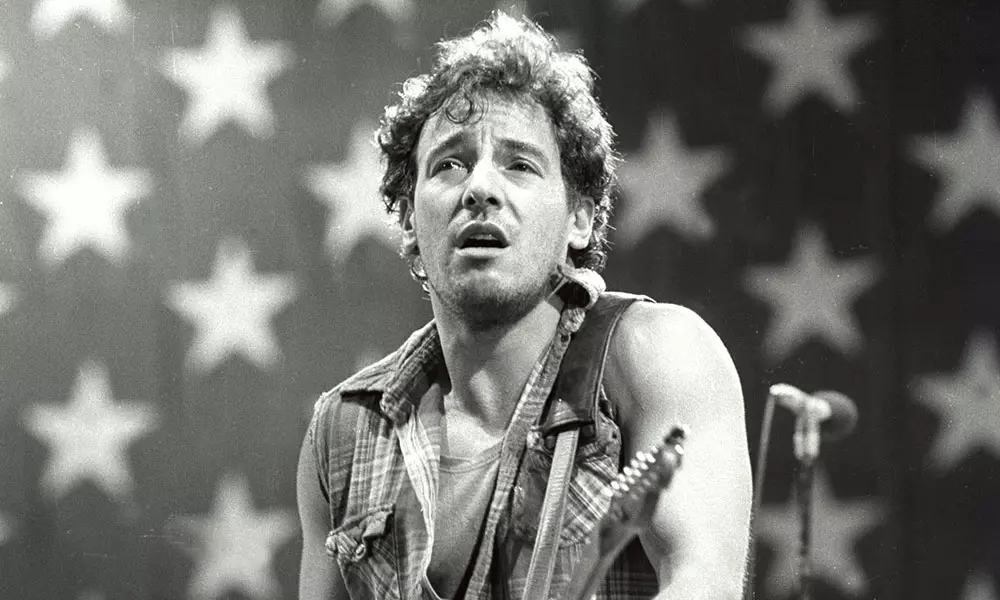
Photo- Michael Ochs Archives/Getty Images
The Psychedelic Journey of Acid Rock's Jefferson Airplane
In the late 1960s, the world was undergoing a seismic cultural shift where music became the voice of a generation seeking to break free.
8 August 2025
At the forefront of this revolution was Jefferson Airplane, a band that would go on to become the pioneers of the acid rock movement and become one of the greats of the psychedelic era.
Formed in San Francisco in 1965, Jefferson Airplane initially started as a folk-rock group. But with the arrival of Grace Slick and her commanding presence, along with their embrace of psychedelia, the band’s sound evolved into something more experimental, tapping into the burgeoning counterculture of the time. They quickly became synonymous with the drug-fueled, free-spirited atmosphere that would later define the 1967 "Summer of Love."
Their breakthrough album Surrealistic Pillow (1967) became a landmark in acid rock, with its surreal lyricism and daring instrumentation capturing the essence of the psychedelic experience. Songs like “White Rabbit” and “Somebody to Love” perfectly encapsulated the era’s sense of rebellion and exploration. With Grace Slick’s hypnotic vocals leading the charge, “White Rabbit” drew heavily on Lewis Carroll’s Alice in Wonderland, using the metaphor of a journey down the rabbit hole to allude to drug use and altered consciousness.
The band’s sound, characterized by electric guitar riffs, improvisational jam sessions, and swirling mind-bending effects, was a direct reflection of their acid rock ethos. They embraced the use of reverb, distortion, and feedback to create sonic scapes that were mesmerizing. Jefferson Airplane’s performances were often described as a trip in and of themselves, transporting audiences to a different dimension.
Beyond their musical contributions, Jefferson Airplane was also a fixture at some of the most iconic festivals of the era. Their performance at the Monterey Pop Festival in 1967 solidified their status as leaders of the countercultural movement. And, of course, their appearance at Woodstock in 1969 remains one of the most legendary performances in rock history.
While their music was undoubtedly innovative, Jefferson Airplane’s impact extended beyond just sound. They were trailblazers in terms of lyrical content, addressing political and social issues head-on. Songs like “Volunteers” became anthems of protest, with their lyrics calling for revolution and resistance against the establishment. The band didn’t shy away from controversy, using their platform to challenge the status quo and ignite conversations around freedom, equality, and justice.
As the 1970s rolled in, Jefferson Airplane's sound began to evolve yet again. The band members pursued different creative avenues, and the group eventually morphed into Jefferson Starship. While their acid rock roots remained a crucial part of their identity, their music ventured into more polished, mainstream territory. Nonetheless, the legacy of Jefferson Airplane as pioneers of acid rock and psychedelic experimentation remains untouchable.
Jefferson Airplane stands as one of the most defining forces in the annals of music history during the psychedelic era. Their ability to combine artistry, political activism, and a constant pursuit of experimentation made them icons of their time. Jefferson Airplane was a cultural phenomenon, embodying the spirit of a generation that dared to challenge convention and explore the outer limits of consciousness through sound.
Jefferson Airplane's journey through the world of acid rock paved the way for countless artists to follow, leaving an indelible mark on the landscape of rock music. Even today, their influence can be heard in the psychedelic and experimental sounds of modern rock. They were, and forever will be, pioneers who dared to soar.









